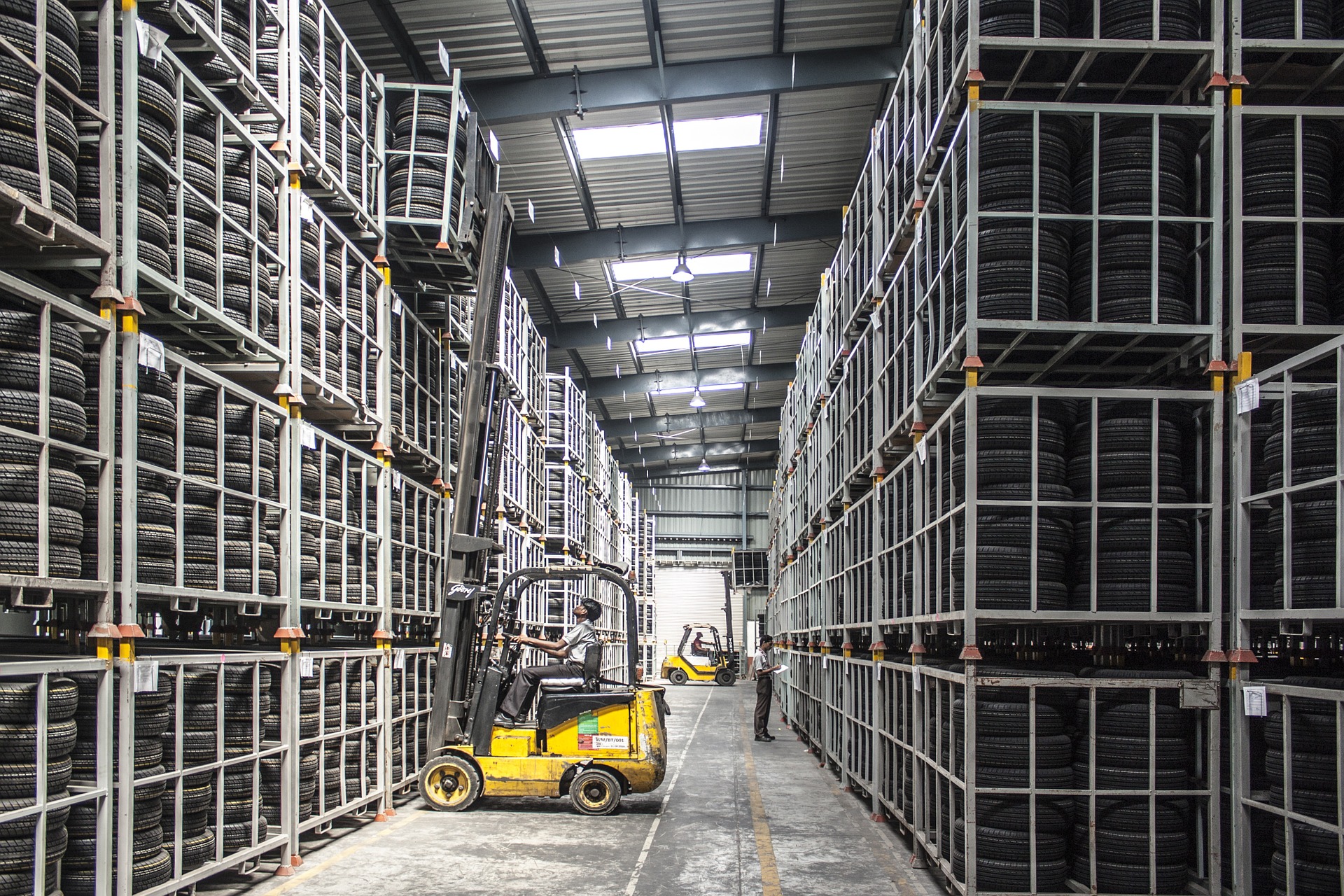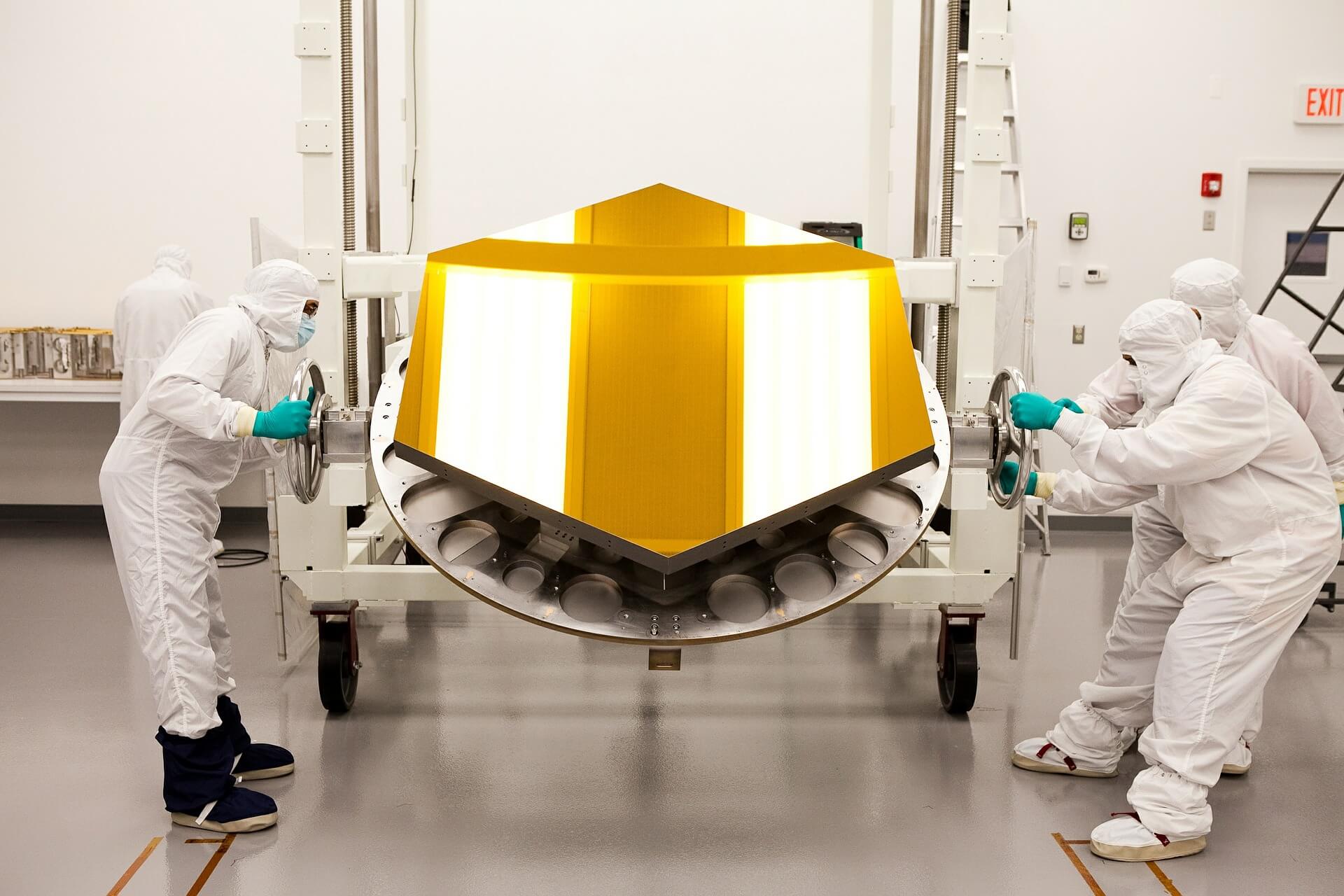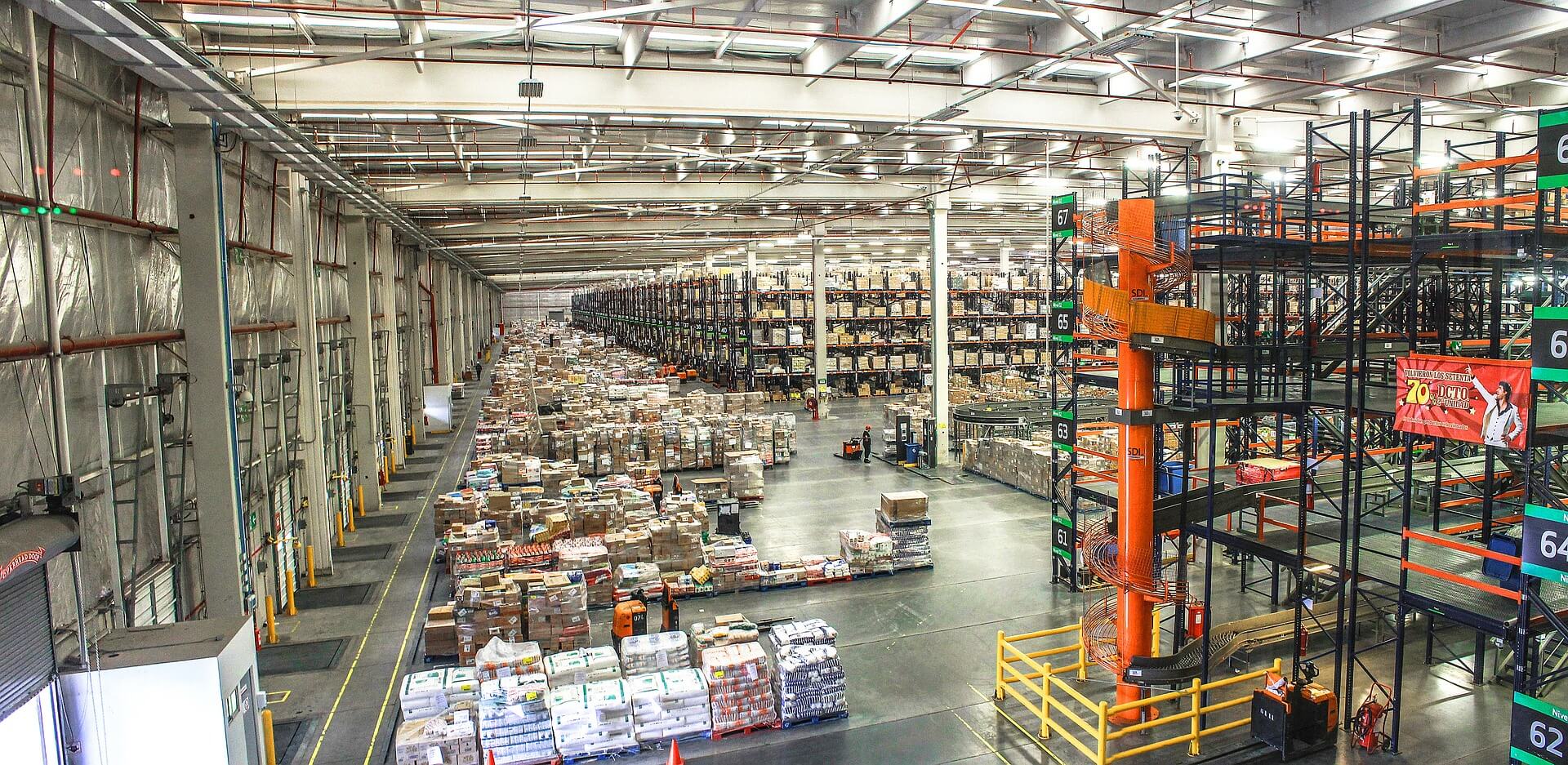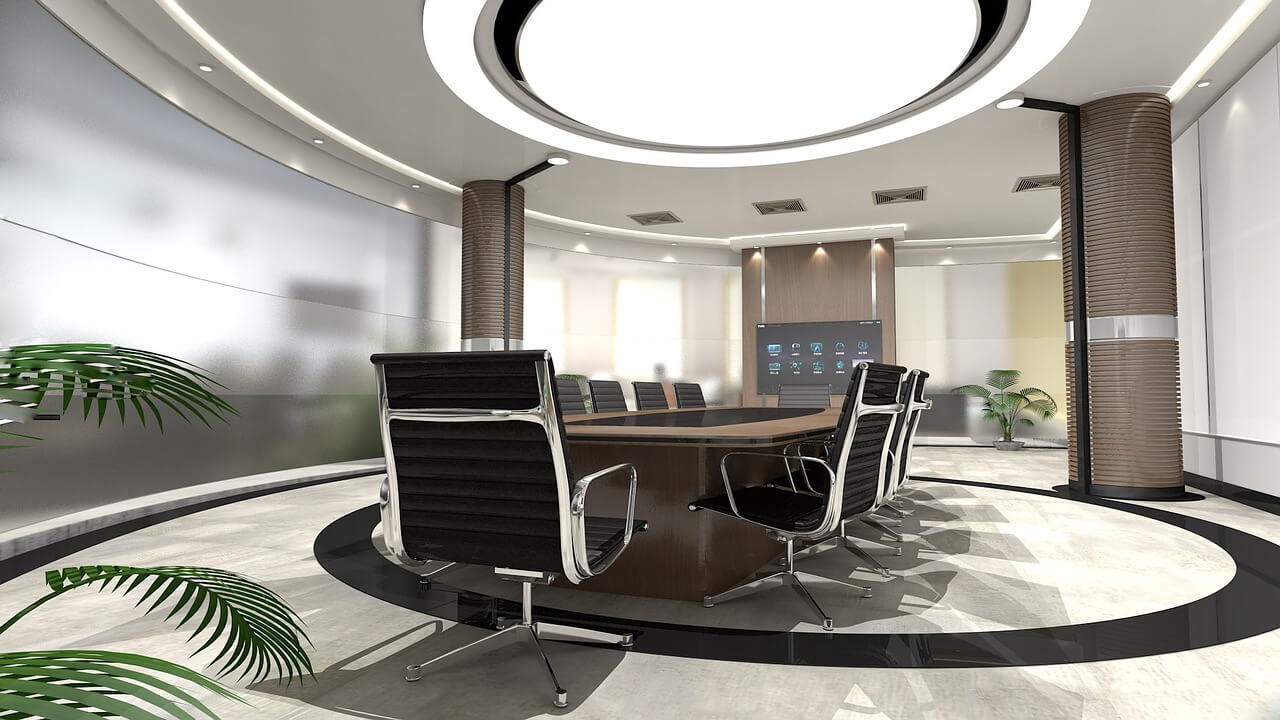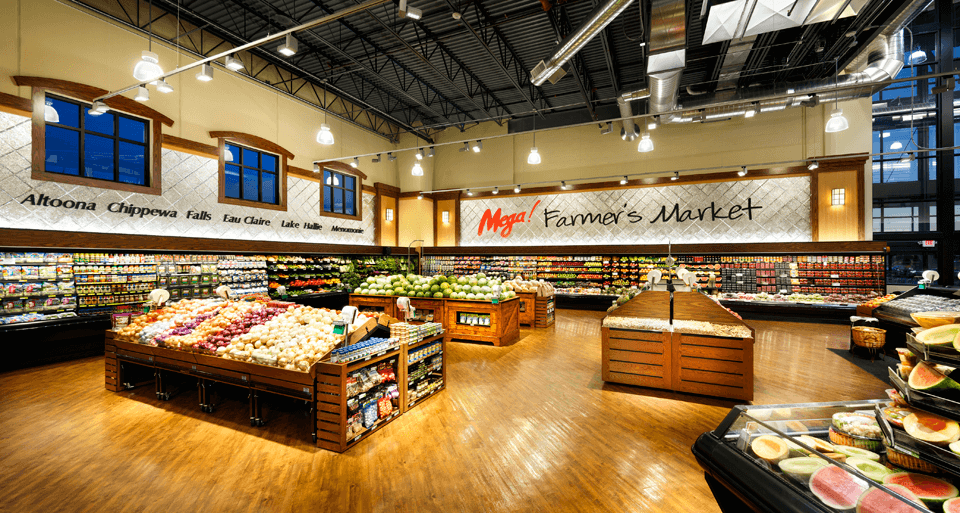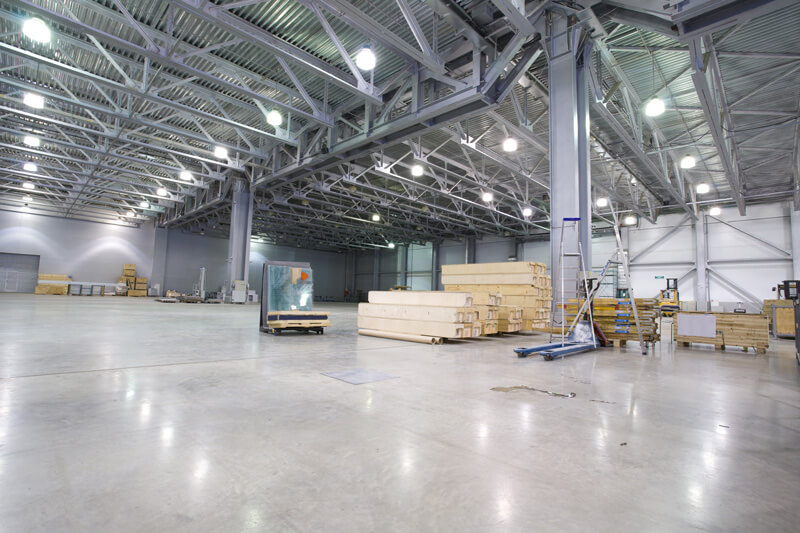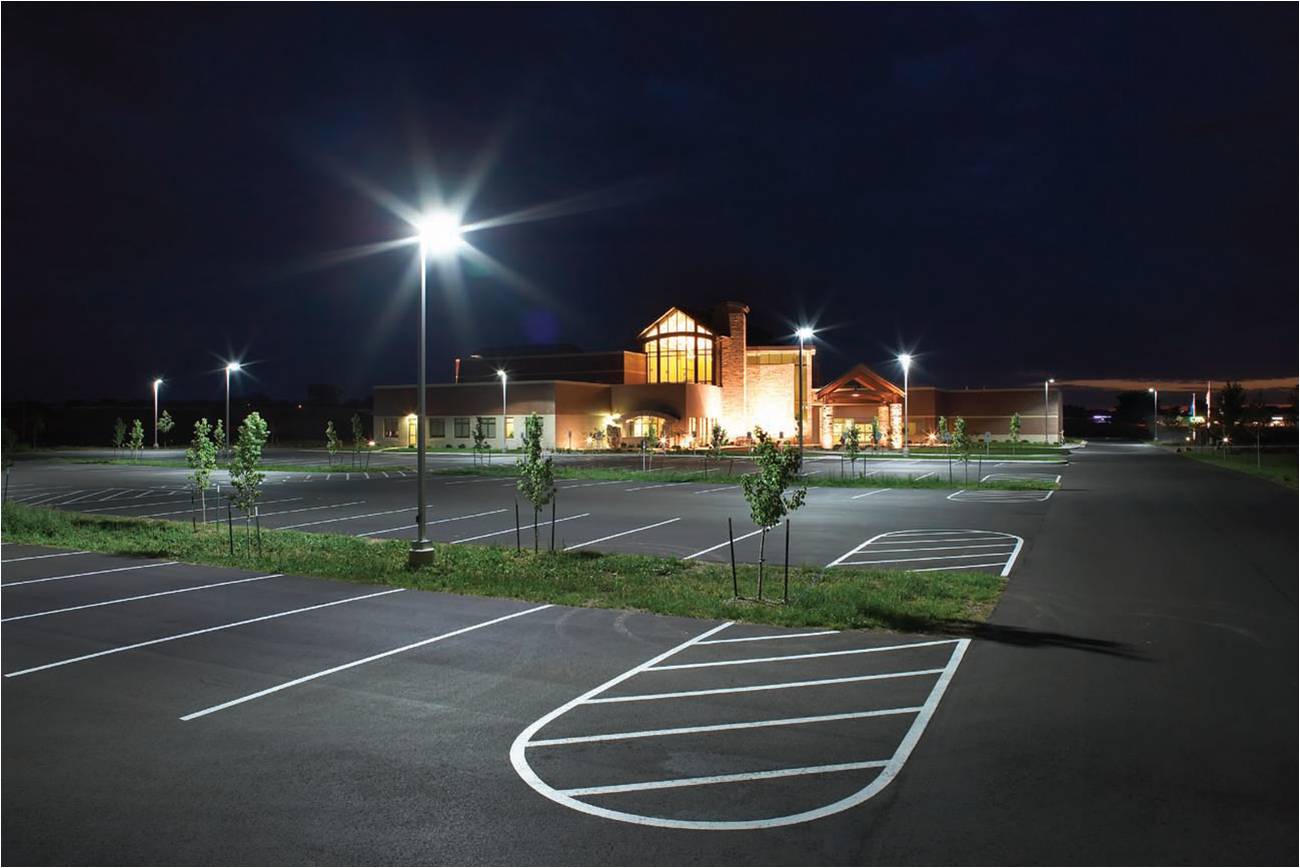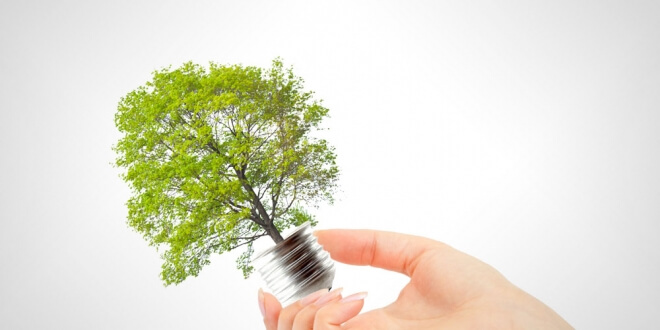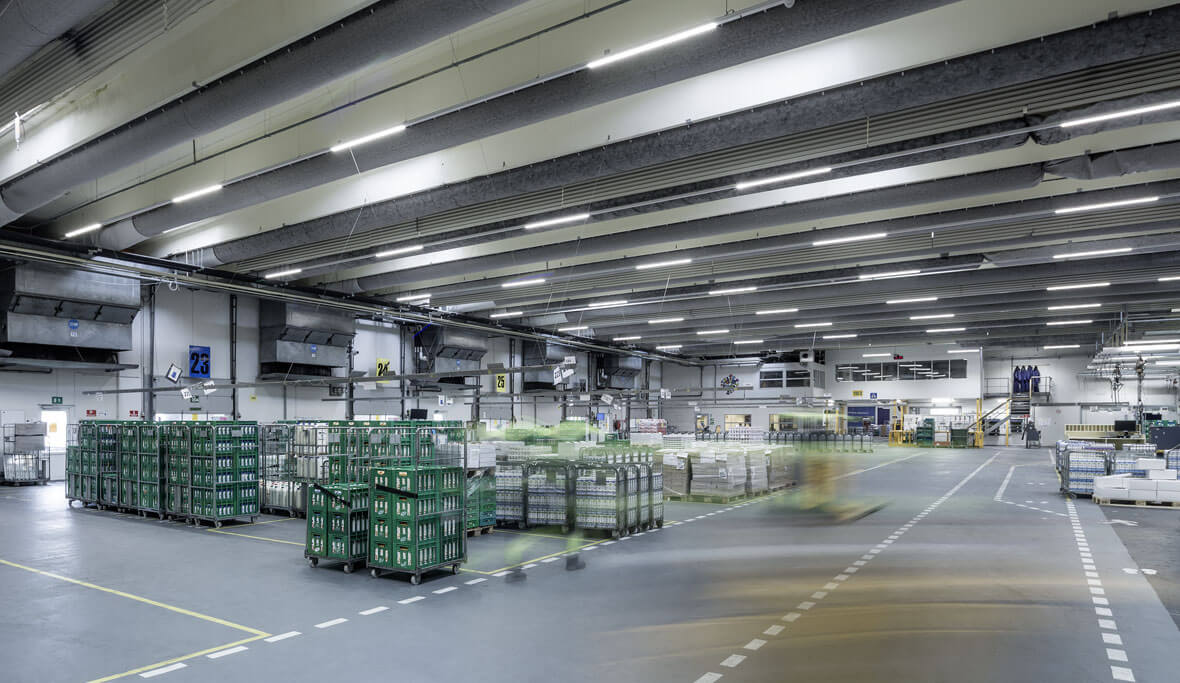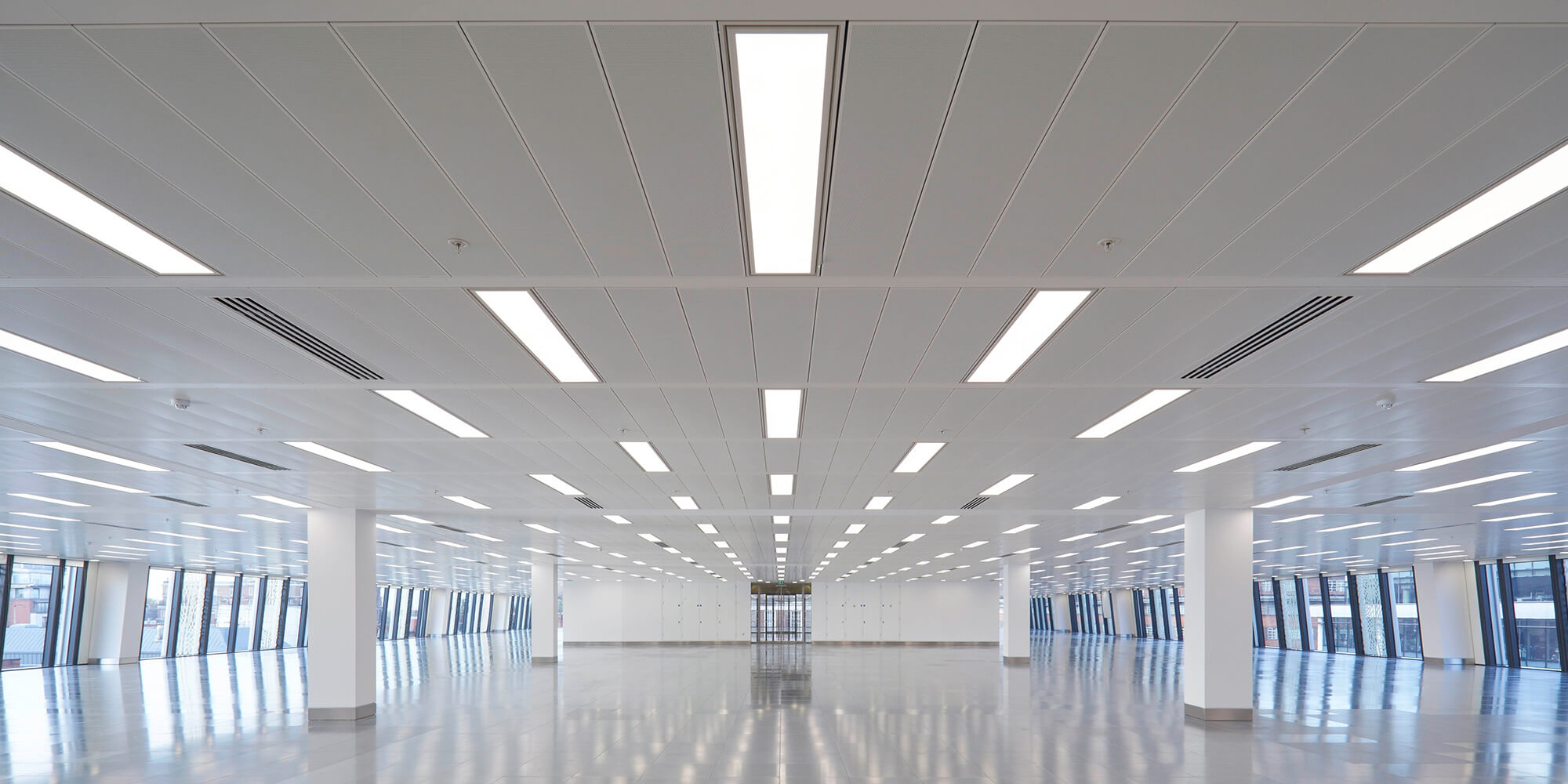Forklifts can weight up to 10,000 pounds and may carry loads of up to one half their weight. This means a 10,000 pound forklift may carry 5,000 pounds, which totals 15,000 pounds. In busy warehouse & distribution centers, rushed forklift operators travel up and down warehouse aisles at speeds of 8 mph. At such a speed, a 15,000 pound forklift-load combination cannot stop on a dime. It shouldn’t come as a surprise then, that forklift accidents are all too common and cause many fatalities.
Some of the contributing factors to forklift accidents are:
- Forklift operator distraction.
- Floor worker distraction.
- Insufficient operator training.
- Loads obstructing the operator’s visibility.
- Limited driver visibility when operating a forklift in reverse.
- Poor warehouse lighting.
When accidents occur, the fault is often placed with the forklift driver. The typical remedy is to either replace the driver, or require that he receive more training. Other contributing factors are given less attention, especially inadequate warehouse lighting.
Warehouses with lighting levels below 2 lumens per square foot are accidents waiting to happen. This minimum lighting requirement also applies to the dimmest areas. Here are four suggestions for solving this problem:
- Use effective lighting technology. Of the different lighting technologies in use, LED lights put out the most illumination for the power consumed. They are also the most compact and rugged, and have the longest operating life.
- Your warehouse should have highly reflective walls, ceiling and floor. Light colored walls, ceiling, and a clean polished floor serve to scatter and further distribute your overhead LED lighting.
- Add additional lighting to the darkest areas of your warehouse if required. This step ensures that you meet the 2 lumens per square foot minimum.
- Change your forklift lights to LEDs. The bright white light combined with the forklift’s movement serve to catch the attention of floor workers.
These warehouse & distribution center lighting changes will reduce accident rates, which should reduce your workers compensation premiums and keep your workers and forklift operators safe.

